Regarded as the national festival in Kerala, Onam marks the onset of the official Malayalam calendar and the year’s first month. Legend has it that Onam is held to celebrate Kerala’s beloved King Mahabali. Once a year, the King, pushed to the netherworld by jealous Gods, is allowed to visit his kingdom and celebrate with his people.
The celebrations last for ten days, during which a wave of exhilaration pervades Kerala. Scenes of floral decorations, merrymakers beating drums, people feasting on Onam Sadya, women dressed pretty in Kasavu (traditional Kerala saree) and performing Thiruvathirakali dance, and boat races with knots of spectators cheering on.
This year, the annual harvest festival celebrations begin on September 1 and end on September 11.
Even though I am of South Indian heritage, I don’t celebrate Onam (because I am Tamilian) — but I know enough about it thanks to the Malayali whom I married. He opened a new world of Onam traditions and celebrations in Kerala culture for me.
Onam Celebrations
The prettiest sight of festivities is the Pookalam, a tradition that involves the preparation of a substantial floral carpet of yellow flowers. The celebrations grow in scale, and layers are added to Pookalam decorations as the days go by.
10 Days of Festivities
On the first day of Onam witnesses, a large number of people visit temples and offer prayers.
Cleanliness is also prioritized. People start by cleaning their houses and adding a layer of flowers to the Pookalam. During these few days, families buy new clothes and jewellery in the spirit of the festival. They also pay visits to their respective ancestral homes and exchange gifts.
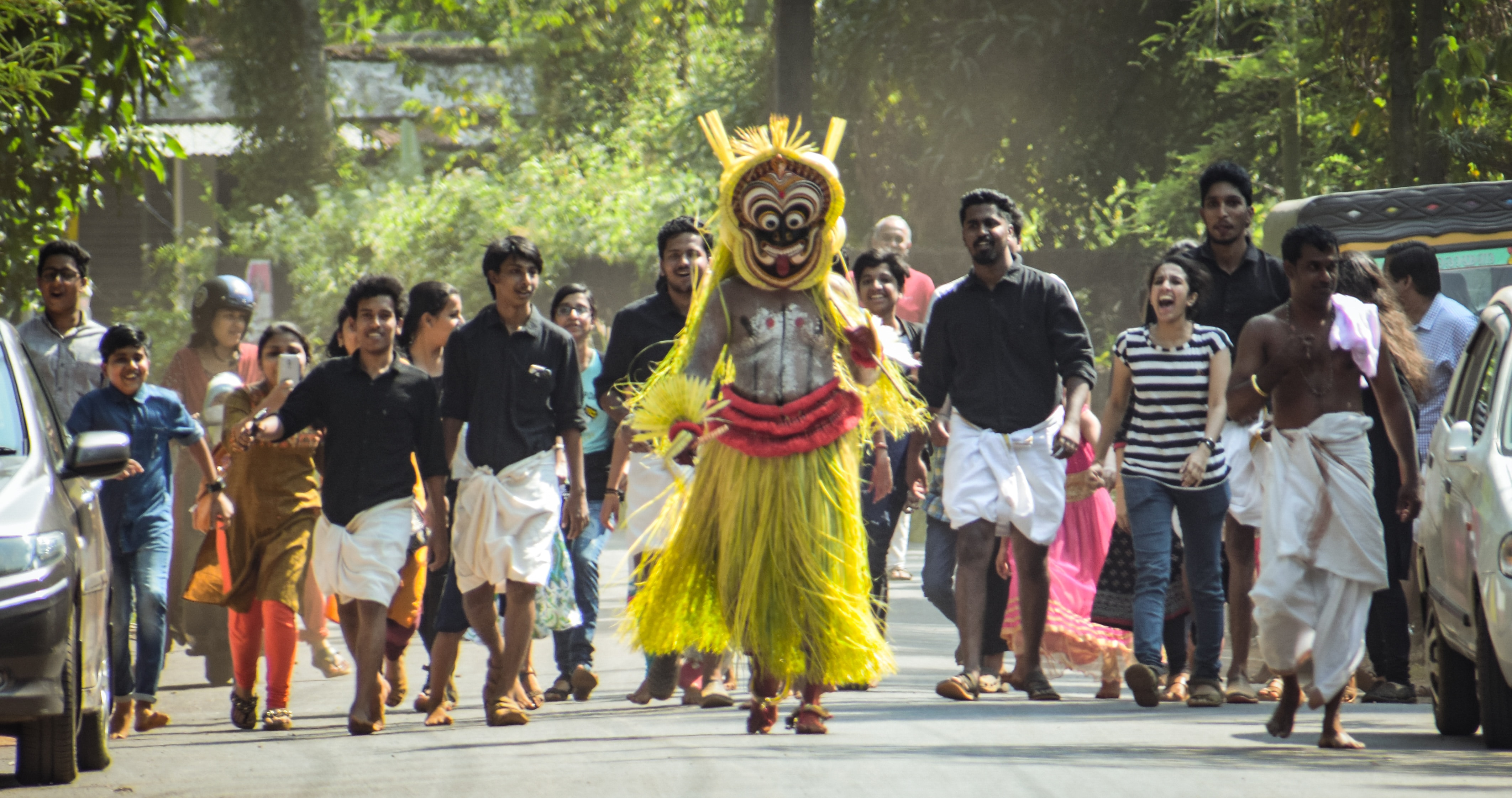
Another interesting scene during the festival in Kerala is the Pulikkali dance, a traditional Kerala art form where men dressed as tigers, some with masks, dance on the streets.
During Onam eve, it’s considered auspicious to purchase fresh vegetables and fruits. Moreover, it’s believed that during the next four days, King Mahabali tours his erstwhile kingdom and showers his blessings on it.
On the last day, people clean their houses (again), prepare a traditional welcome sign on the entrance using rice flour, take an early bath, wear brand new clothes, and distribute alms to the needy. Beautiful lights envelop the state, and sumptuous Onam Sadya feasts are prepared.
Onam Sadya
All these years, the high point for me has been the Onam Sadya. It’s a beautiful vegetarian buffet, which can go up to 26 dishes, served on top of banana leaves and eaten by hand. While we were dating, Fafa would take me out for Onam Sadya to Swaadhisht, a Mallu restaurant in Little India, Singapore. My favourite part of the elaborate meal has always been the dessert, Payasam.
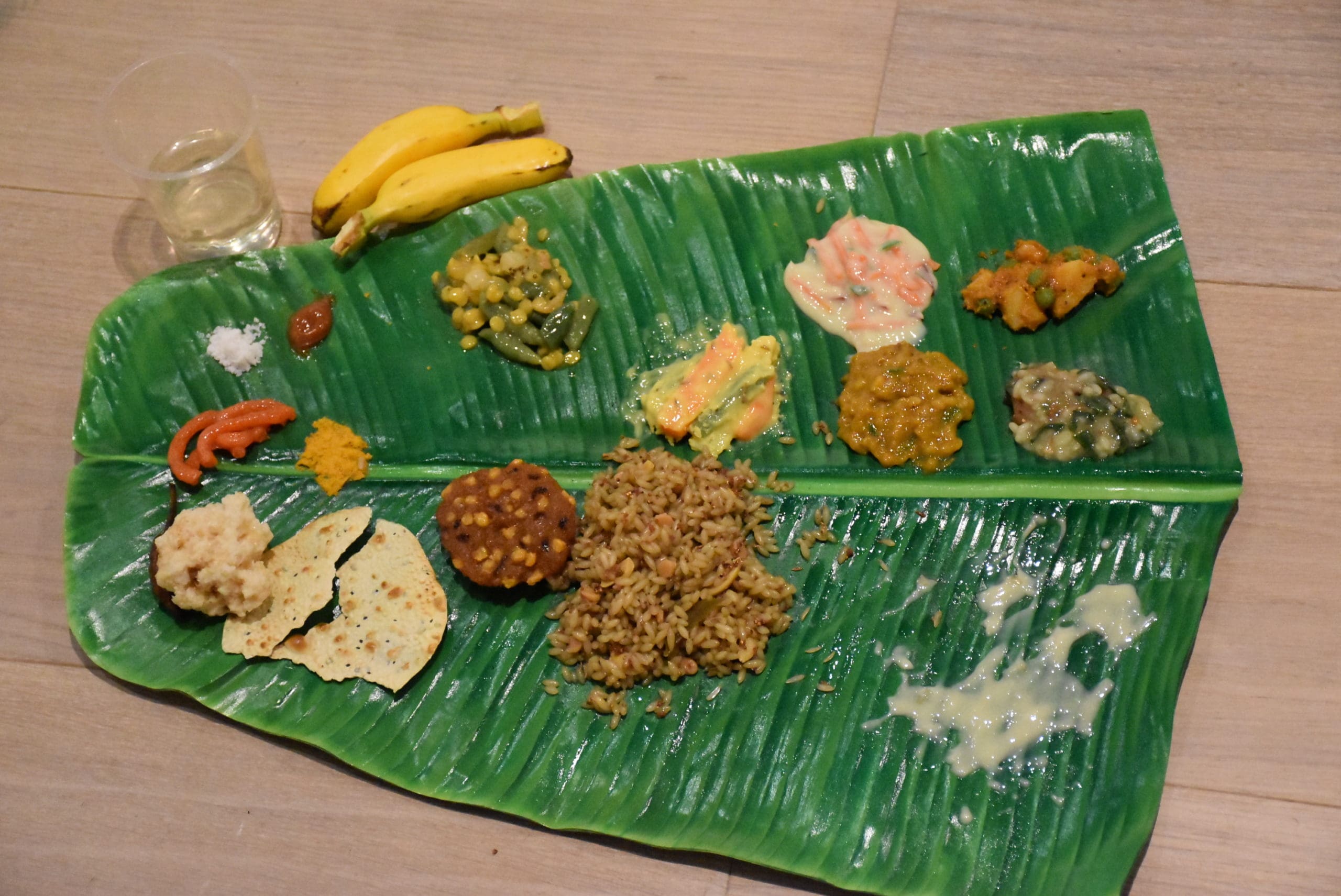
Onam in Other Culture
Onam reminds me of Diwali in many ways — cleaning rituals, wearing new clothes, feasting on delicious food and celebrating with the family. But it’s not the same as Kerala doesn’t celebrate Diwali because it’s a Vedic festival and has no relevance for a Tantric society like theirs. Also, Onam celebrations continue for ten days, while Diwali is celebrated for five days.
Onam, being the harvest festival, also reminds me of the Mooncake Festival in Chinese culture. Mooncake Festival is a mid-autumn festival celebrated around the same period as Onam by the Eastern-influenced community to give thanks to the moon, traditionally for a successful harvest period.
Do you have your version of the Harvest Festival in your culture?
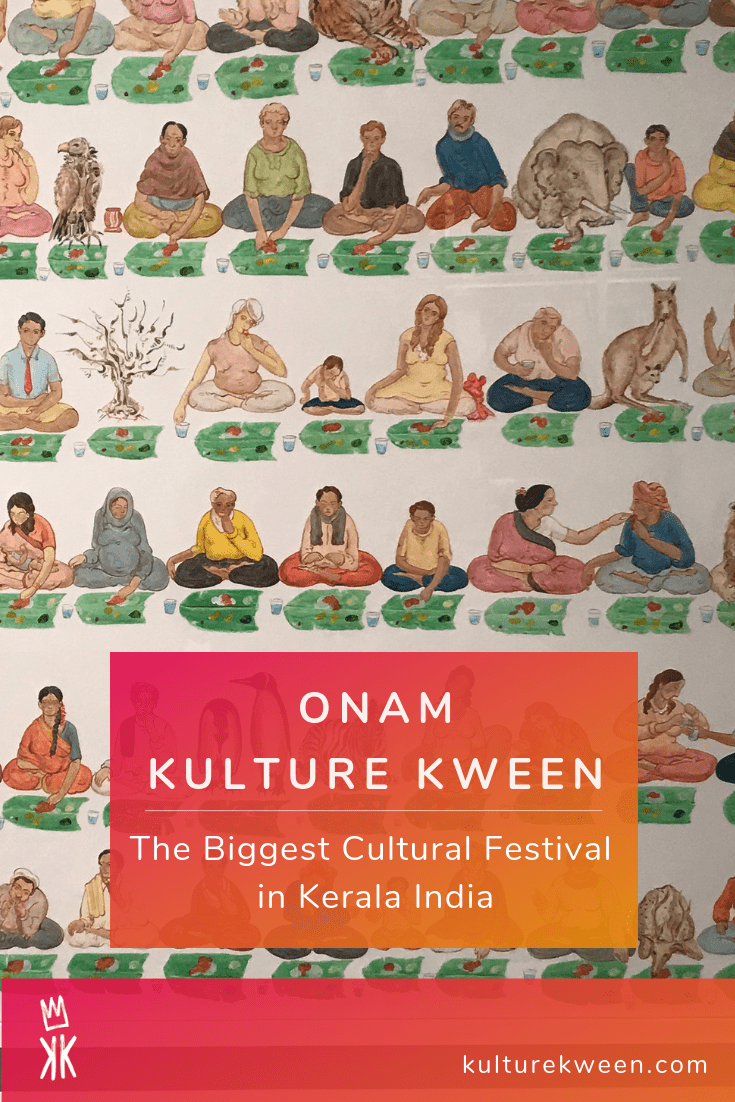
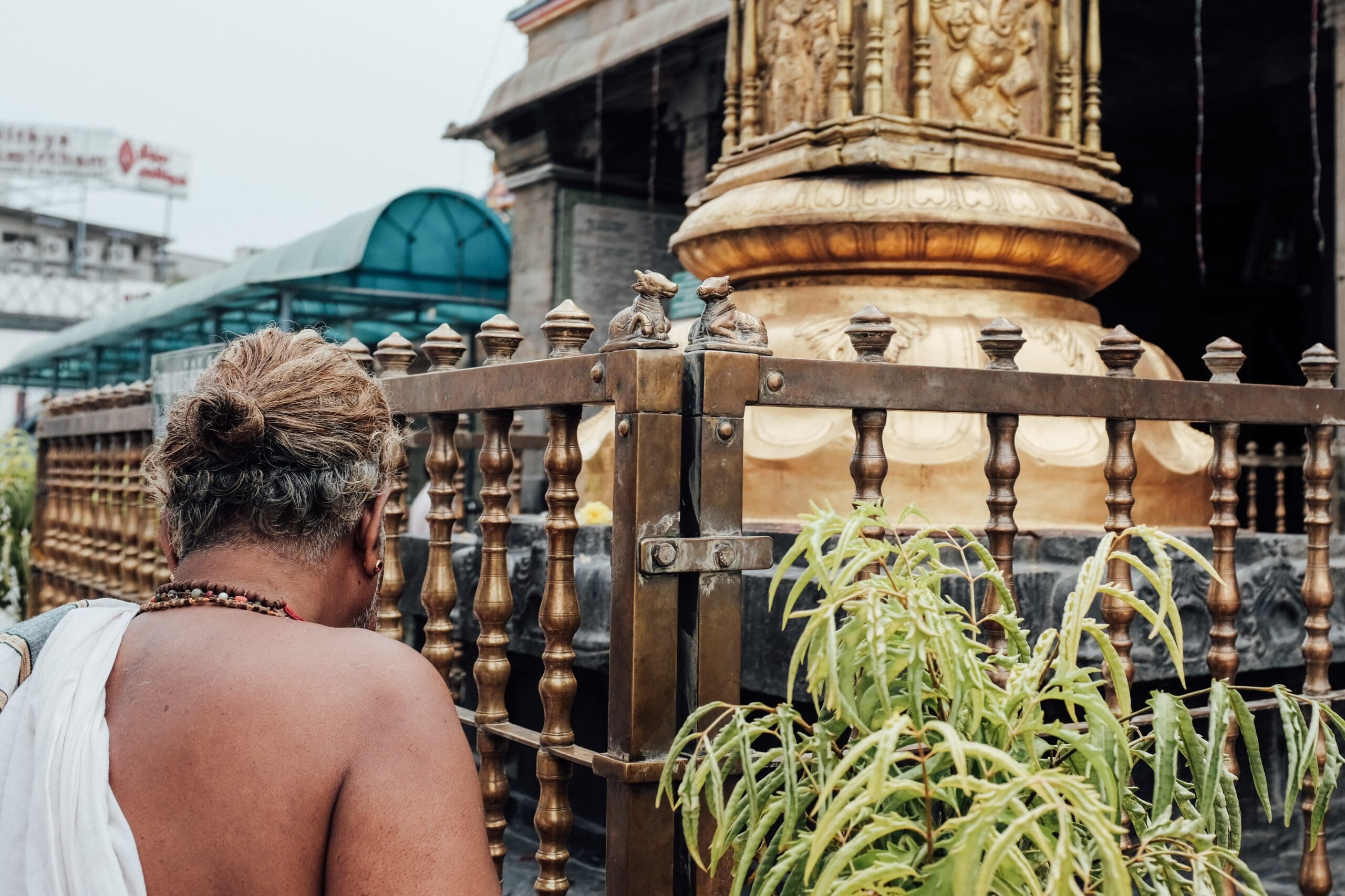
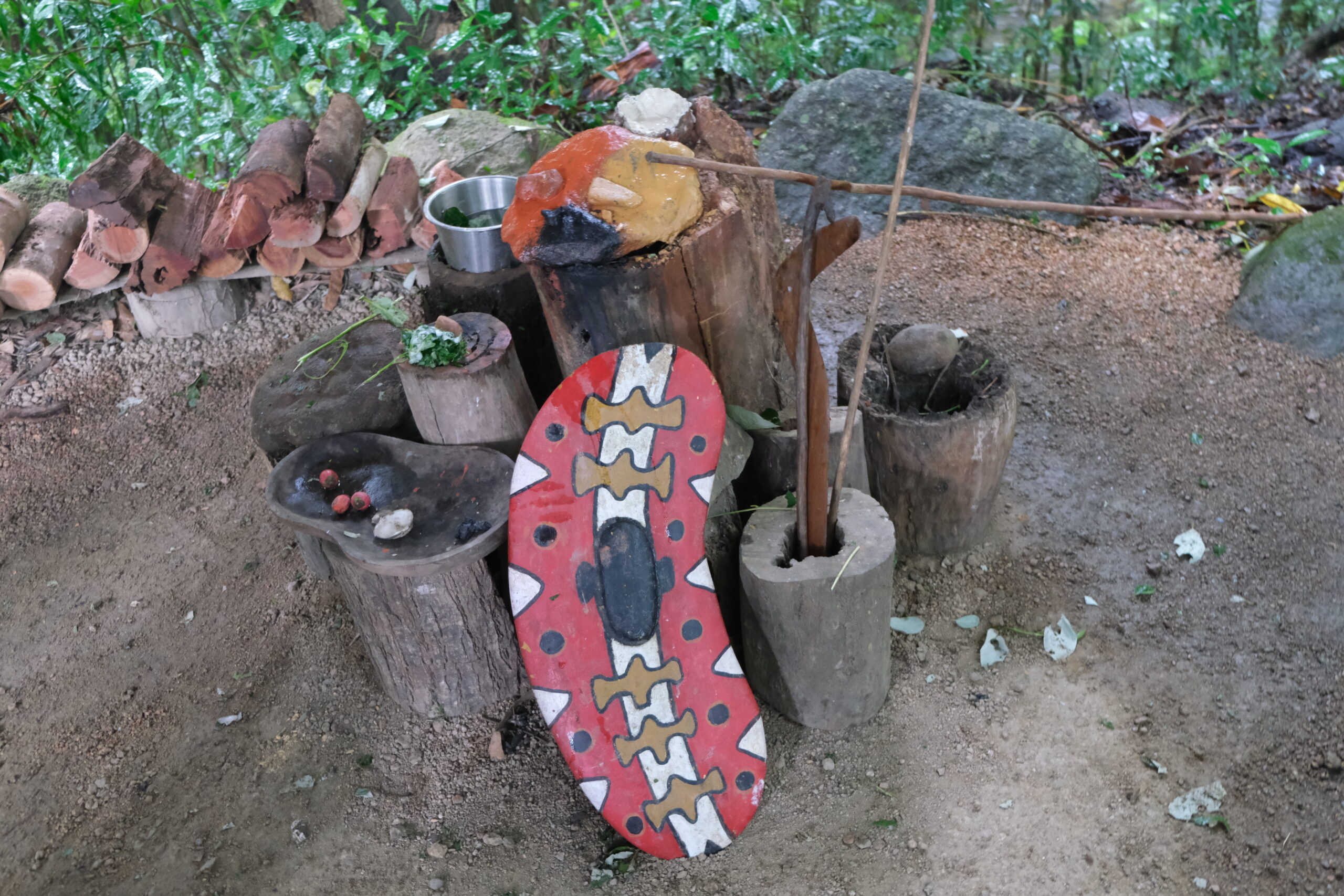
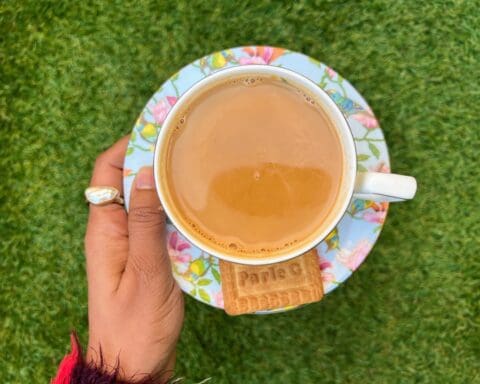
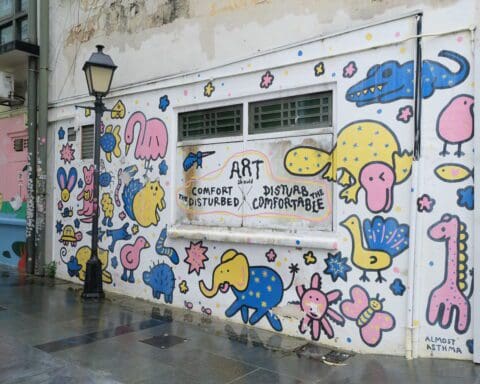
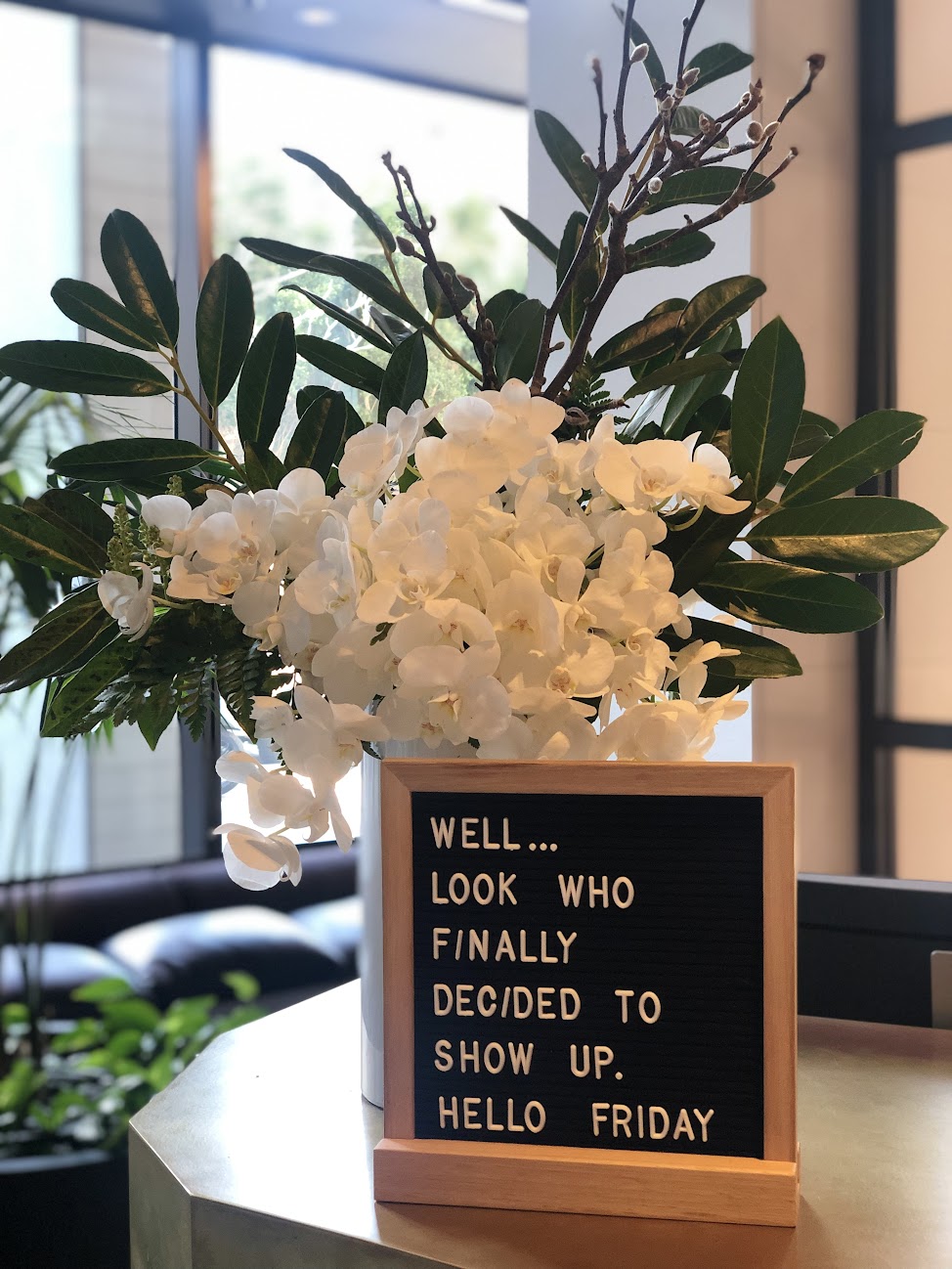
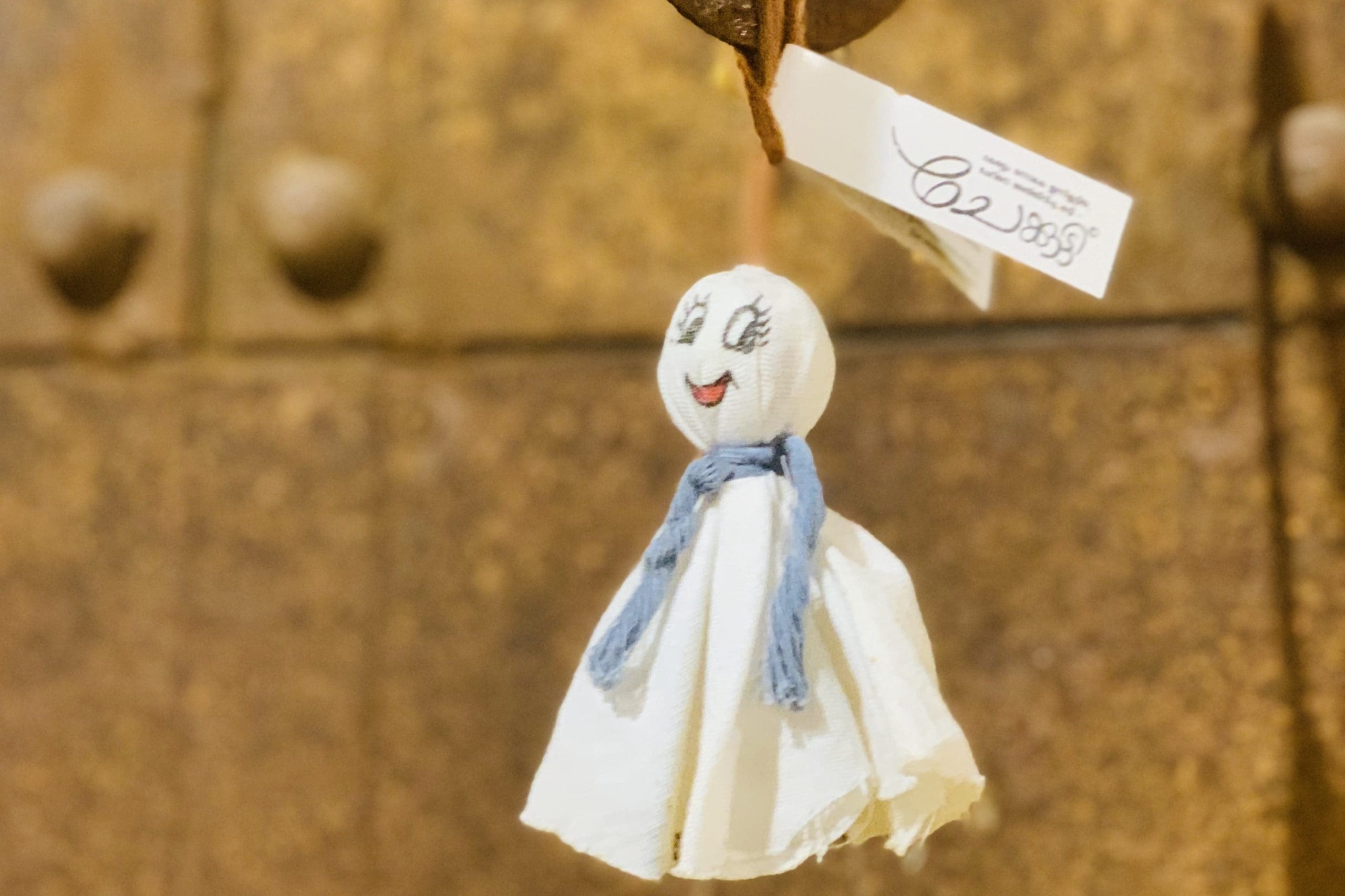
[…] Kitchen. We each ordered Sadya (culture note: Sadya is a banquet meal usually served during Onam or other festivals in Kerala, India), two main dishes, Aussie wine and beer, followed by Indian […]
[…] Kitchen. We each ordered Sadya (culture note: Sadya is a banquet meal usually served during Onam or other festivals in Kerala, India), two main dishes, Aussie wine and beer, followed by Indian […]
[…] from Kerala! I am writing this to you from the backwaters of Kerala. We are here for my BIL’s wedding, which happened beautifully over the weekend. Now, we are […]
[…] we were still bf-gf, Fafa promised three things when we visit Kerala: Houseboat, Kerala Toddy and Munar. Though I am still waiting for the Munar and Toddy part, he did […]
[…] to Australia about twenty years ago and started living with us, we started practicing many Hindu festivals. My mother-in-law used to observe ‘Navratri,’ nine-days that usually fall in October most […]
[…] food, is usually served as a wedding feast, during festivals and all sorts of celebrations, such as Onam and […]
[…] but EXPERIENCE is what I got. Though the food might be the least favourite of all the food I had in Kerala, the experience made up for it. A scene I have seen in many South Indian movies but never got to […]
[…] just came back from a week-long Kerala trip last week. I have been to India before, to Hyderabad and Goa. Both were for cousins’ […]
[…] Onam The Biggest Cultural Festival in Kerala India […]
[…] to Australia about twenty years ago and started living with us, we started practicing many Hindu festivals. My mother-in-law used to observe ‘Navratri,’ nine-days that usually fall in October most […]
[…] Onam The Biggest Cultural Festival in Kerala India […]
[…] Onam The Biggest Cultural Festival in Kerala India […]
[…] just came back from a week-long Kerala trip last week. I have been to India before, to Hyderabad and Goa. Both for cousins’ weddings […]